25 Adorable Animals That Mate for Life
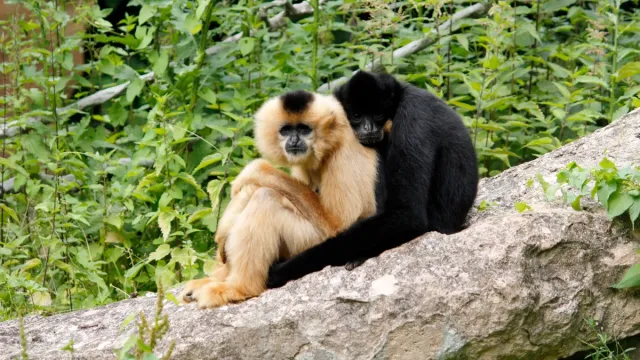
According to the World Wildlife Foundation (WWF), about five percent of all mammal species and 90 percent of bird species are monogamous, meaning that they choose a partner and stick with them through thick and thin. So if you’re feeling like nobody stays together anymore, keep on reading. From seahorses and swans to gray foxes and gibbons, here are some of the animals that mate for life. And for the most in-demand pets, check out The 50 Most Popular Dog Breeds in America.
1
Lovebirds
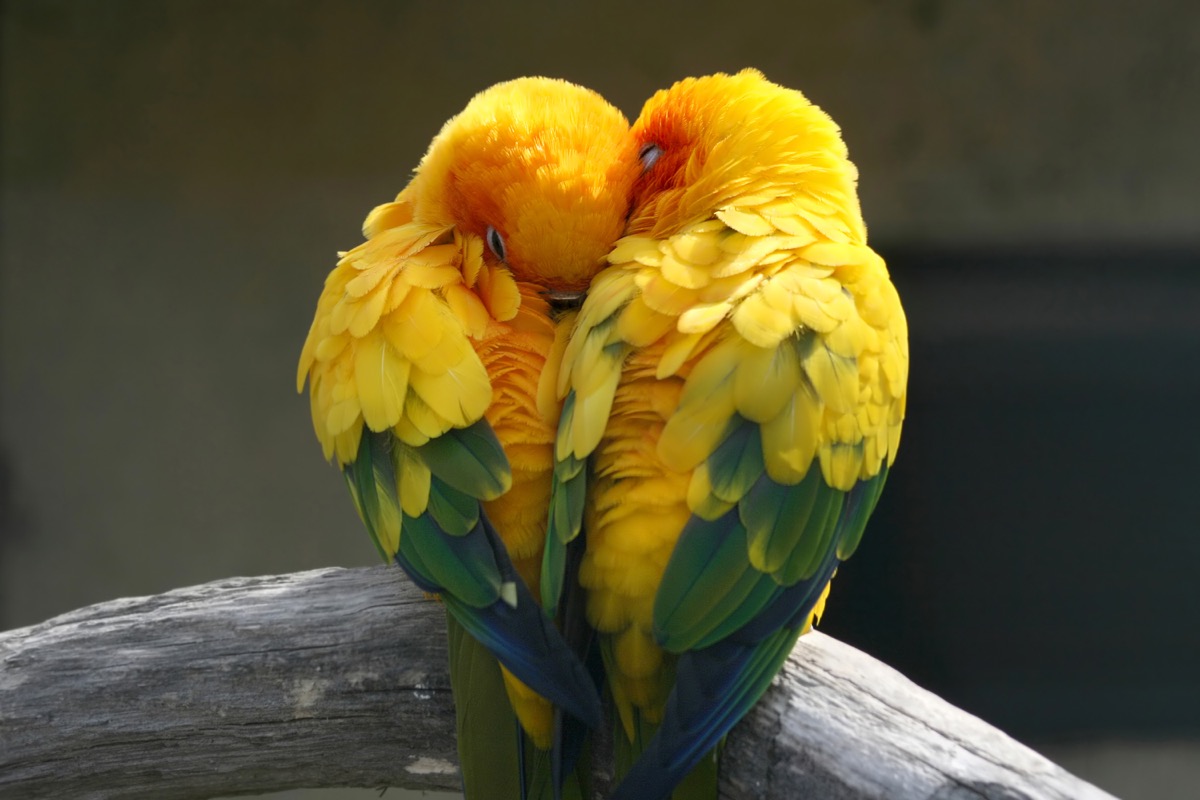
As their name suggests, lovebirds are extremely loving creatures. They don’t like to spread the love, however: According to Smithsonian, these colorful birds mate for life after reaching sexual maturity at around 10 months old.
To learn more about your pup’s emotional health, check out Your Dog Has a Mid-Life Crisis When They Hit This Age, Study Finds.
2
Oldfield Mice
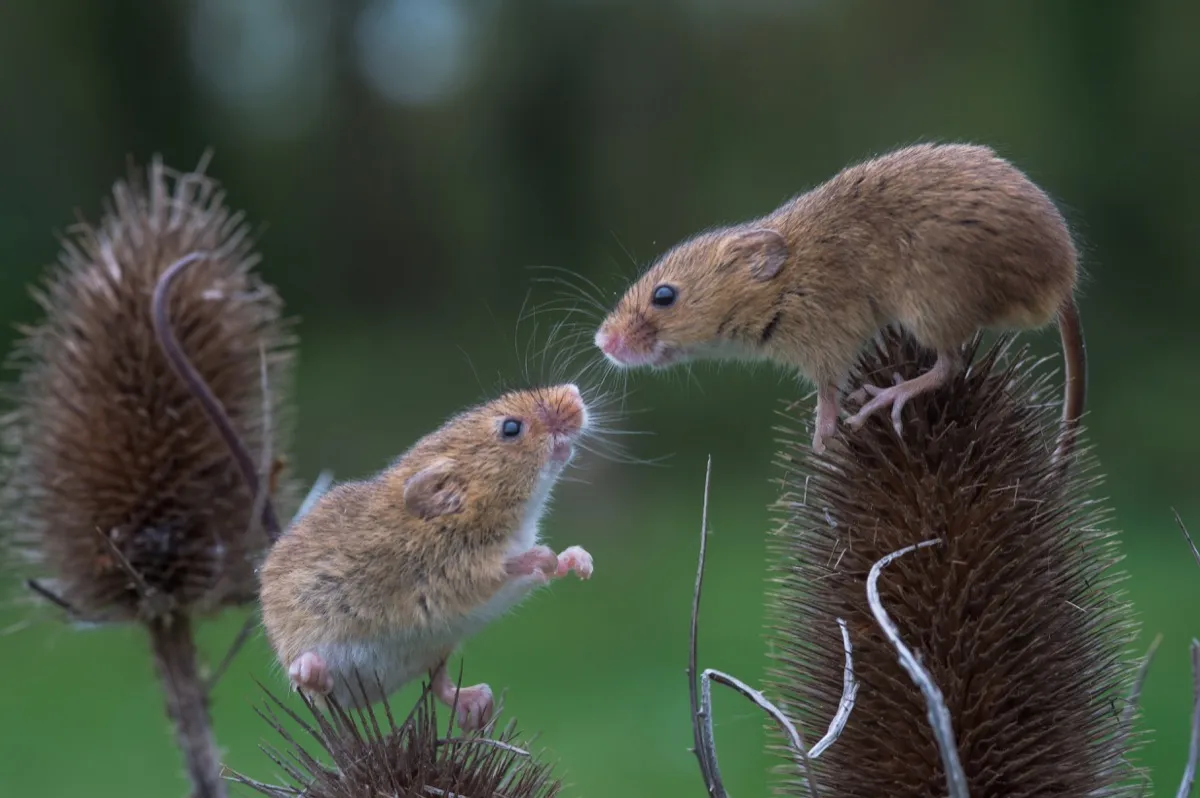
Oldfield mice are one of the few rodents known to mate for life, as a paper written by Auburn University zoology professor Michael C. Wooten notes. Though they don’t live long—the average life expectancy of an Oldfield mouse in the wild is less than nine months—bonded pairs will spent their short lives breeding and taking care of offspring.
3
Atlantic Puffins
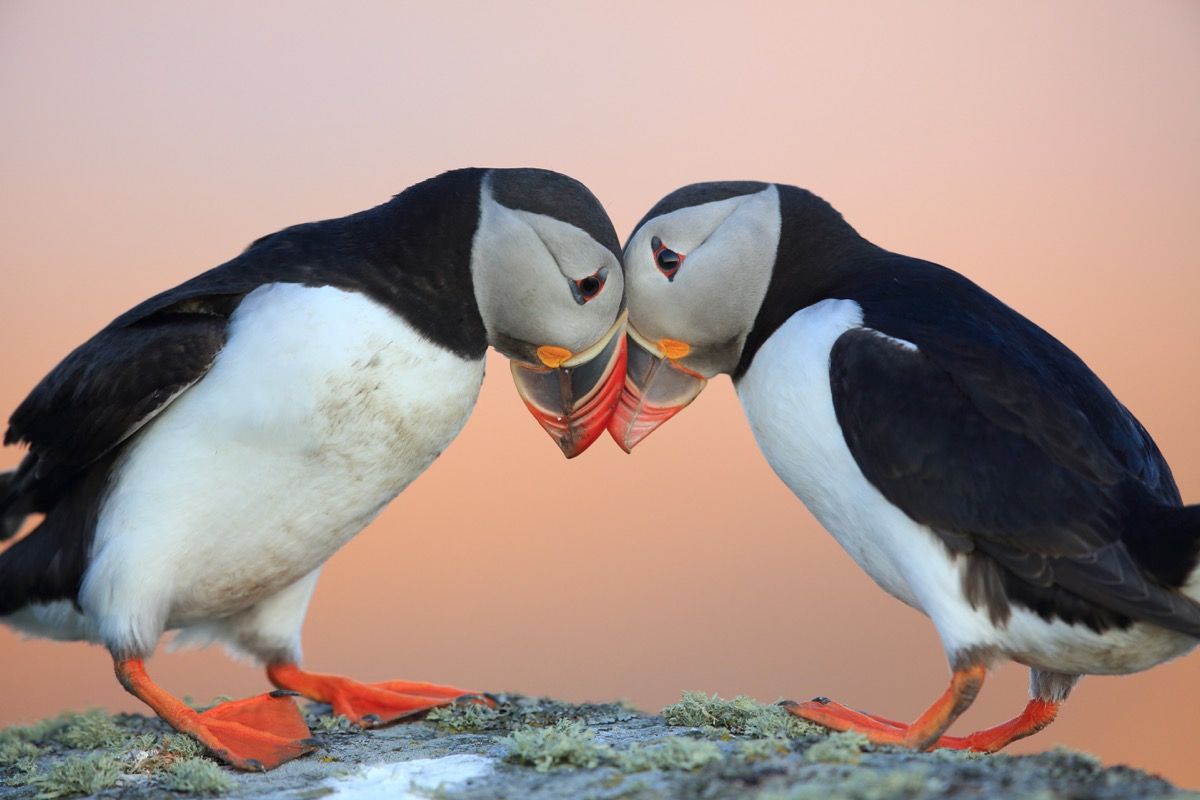
“Puffins usually breed with the same mate each year,” notes wildlife expert Richard James on the Royal Society for the Protection of Birds website. Paired-up puffins don’t necessary stay together year-round, though. According to James, “puffins spend about six months at sea,” and “it is not known whether the breeding pairs stay together over the winter.”
For an important pet supply update, check out Petco Just Took This Controversial Product Off Its Shelves.
4
Coyotes
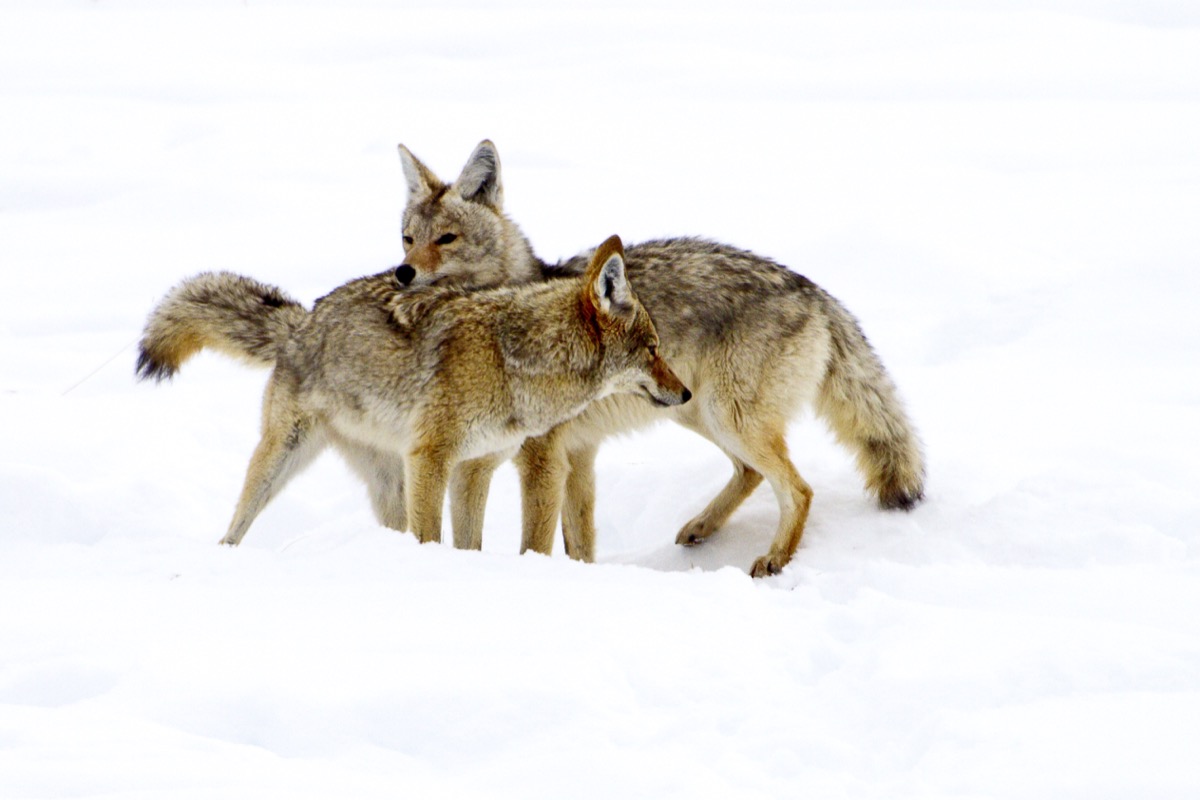
Coyotes are fiercely loyal creatures—to their partners, at least. When researchers from Ohio State University followed 236 coyotes in the Chicago area over a six-year period, they found zero evidence of polygamy or of a mate ever leaving its partner while they were still alive. The results of the study, published in a 2012 issue of the Journal of Mammalogy, concluded that “urban coyotes display no variability in their monogamous mating system.”
5
Seahorses
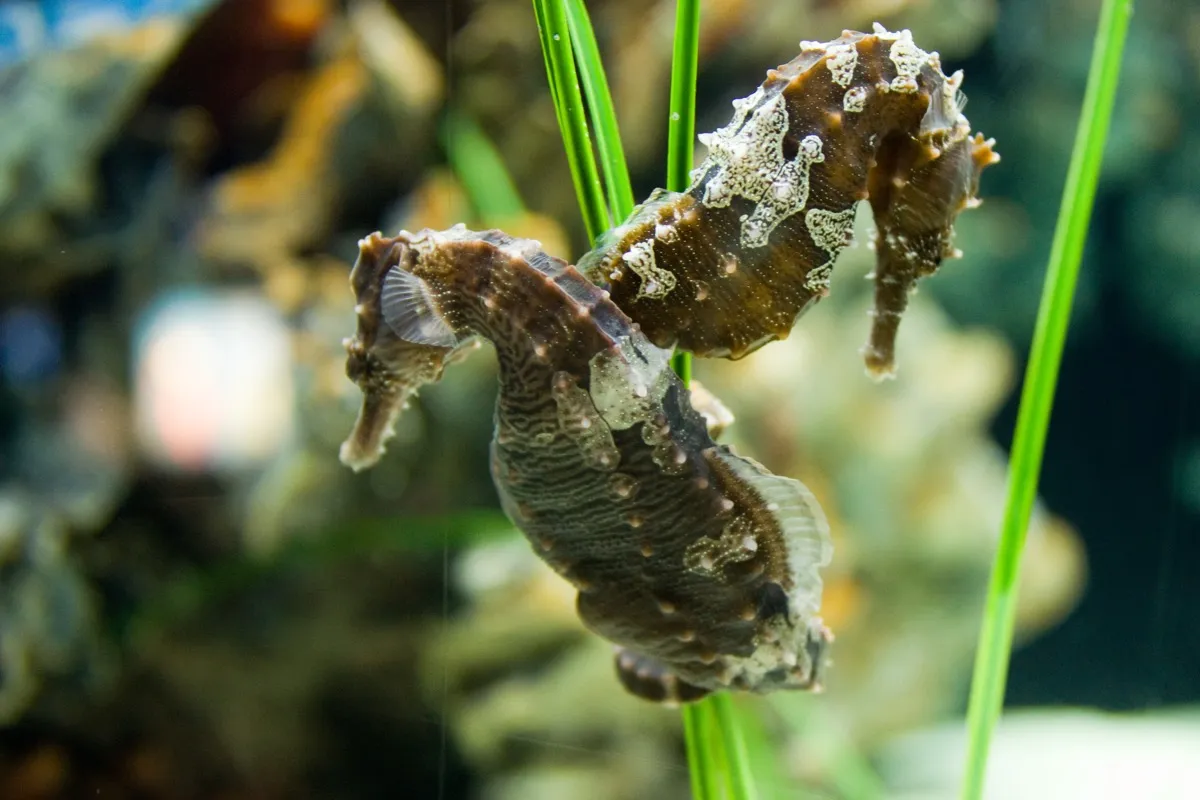
Monogamy isn’t limited to creatures on land. According to the U.S. Fish & Wildlife Service, the seahorse is just one of many sea creatures that mate for life. And fun fact: In these monogamous couples, it’s the male that gives birth to the offspring.
To learn how a new friend could add to your life expectancy, check out Owning This One Pet Can Help You Live Longer, Study Says.
6
Dik-diks
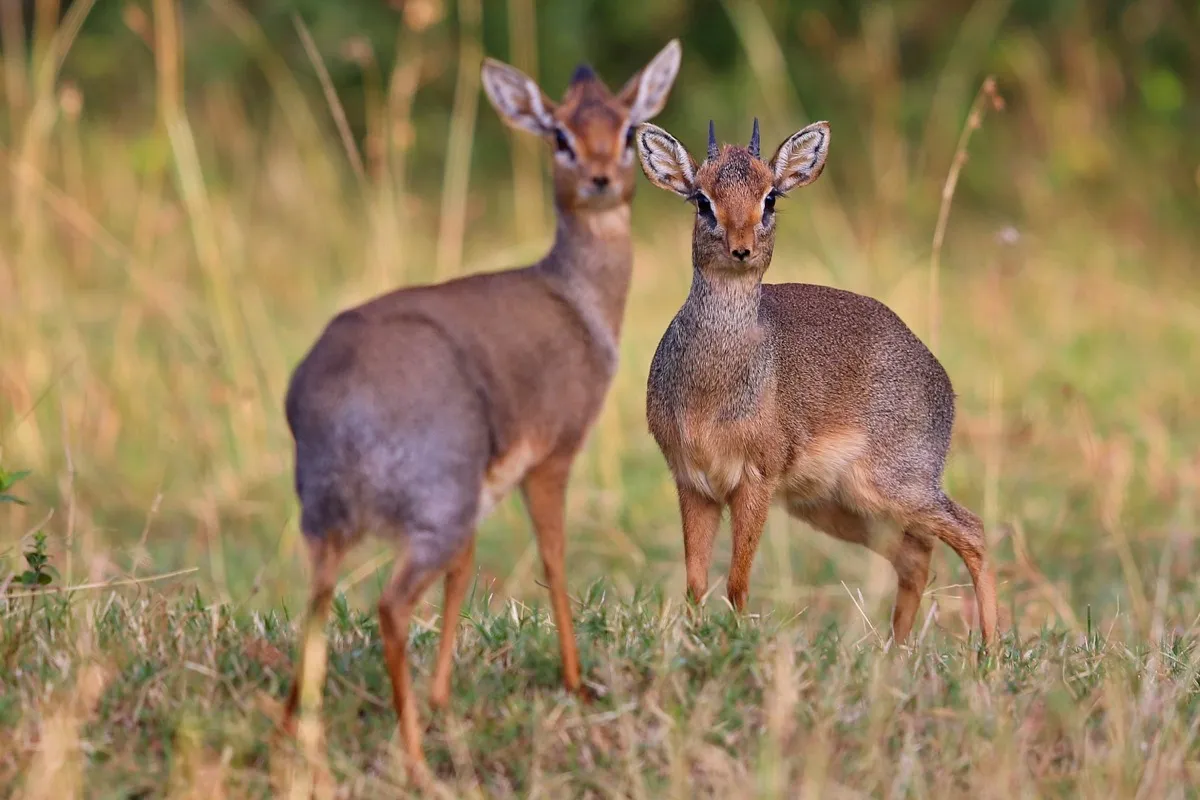
Though most antelope species travel in packs, dik-diks are different. This miniature antelope, according to Smithsonian, prefers to travel in monogamous pairs, and they only have one offspring at a time. In a notable 1991 study of four pairs of dik-diks published in Applied Animal Behavior Science, zoologist Karl R. Kranz confirmed this “monogamous pair bonding.”
7
Bald Eagles

Another bird species that mates for life is the bald eagle. According to the National Audubon Society, this national bird uses nest-building to solidify its bond with its mate. “The pair continuously adds to the structure, so that after many seasons it assumes gargantuan proportions and stands as a symbol of their fidelity,” the organization explains.
The FDA Just Recalled 21 Popular Dog Foods for This Terrifying Reason, so make sure to check your shelves.
8
Albatrosses
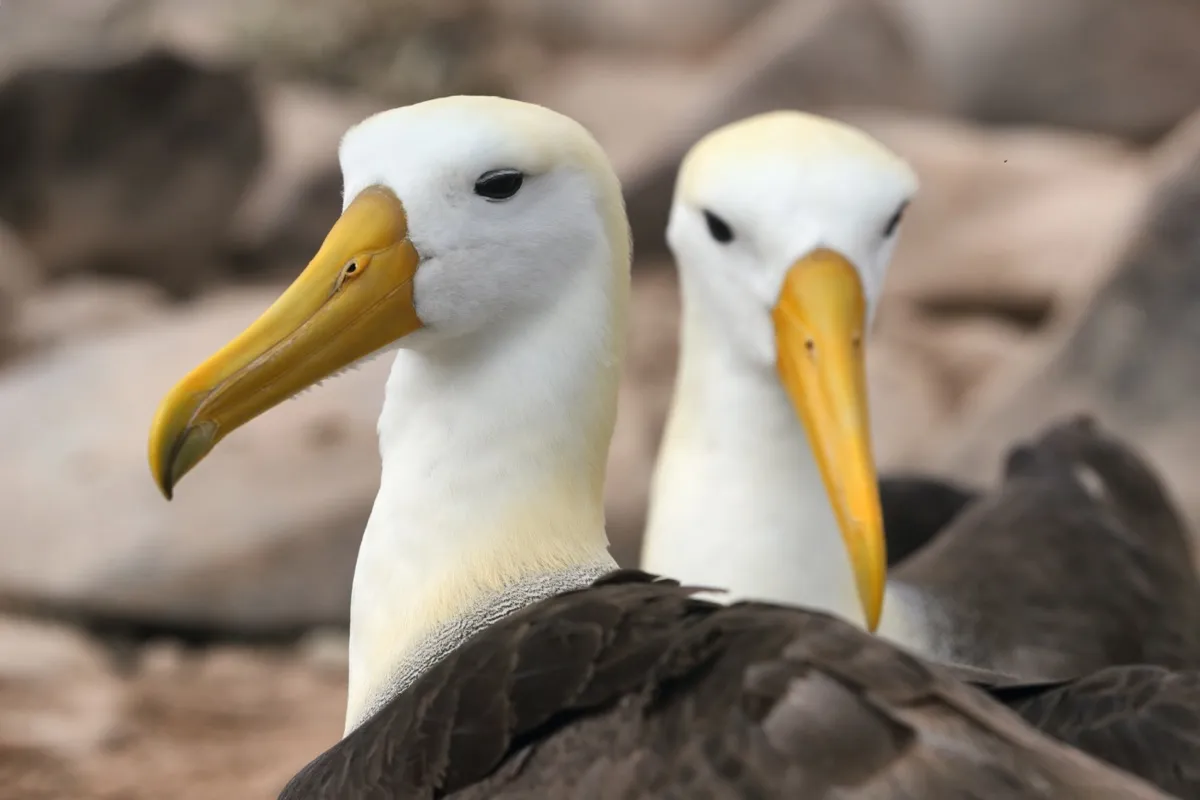
Yet another bird that’s famously monogamous is the albatross. “These globe-trotters … mate for life and are incredibly faithful to their partners,” birdwatcher Noah Strycker writes in The Thing with Feathers. “To see what real devotion is like, you need to spend some quality time with an albatross.”
9
Beavers
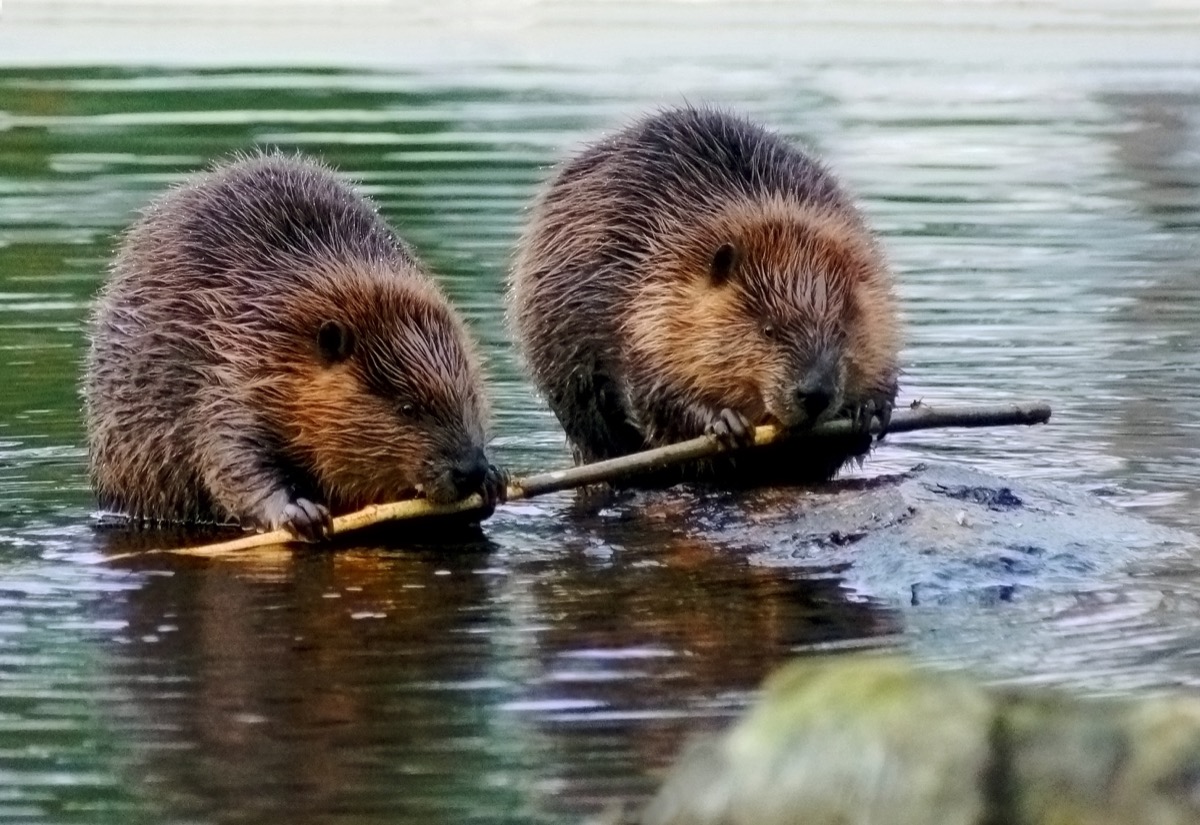
Want to be a good partner? Just act like a beaver. According to PBS’s NatureWorks, these rodents mate for life, only seeking out new partners if and when the first passes away. Talk about “’til death do us part”!
For more animal trivia sent right to your inbox, sign up for our daily newsletter.
10
Gibbons
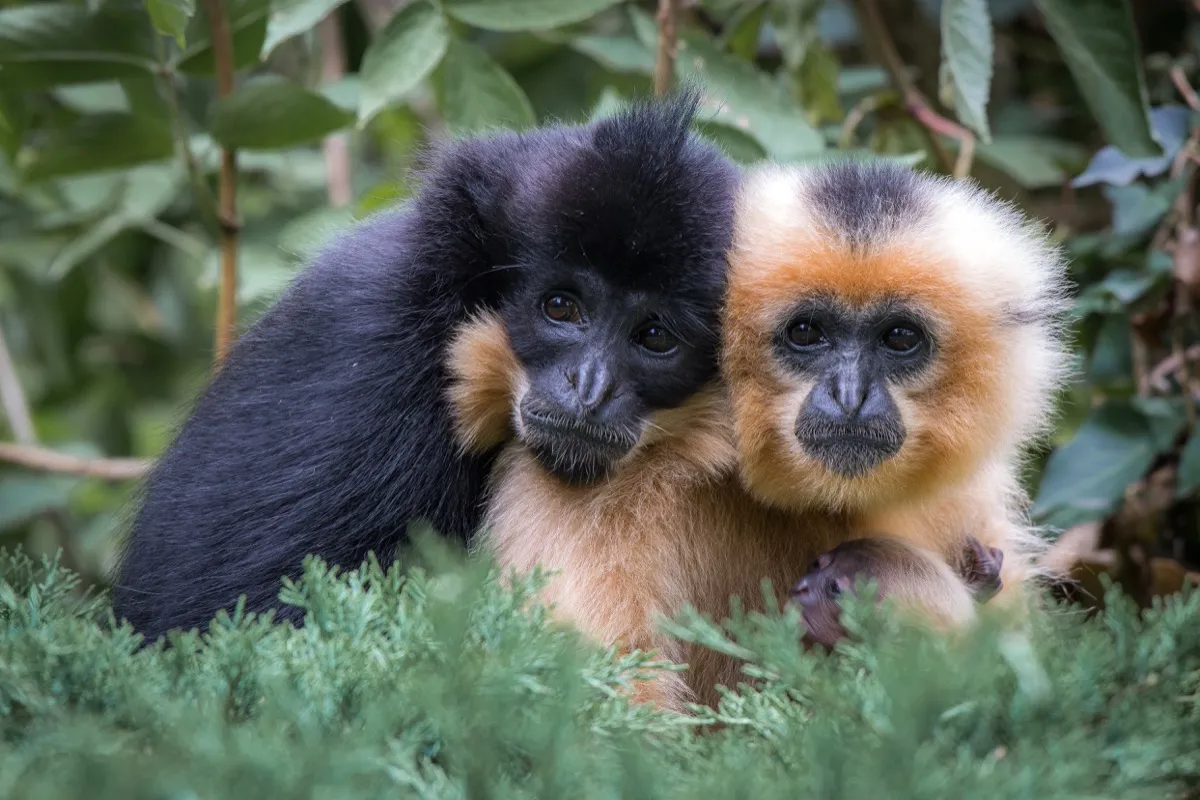
Gibbons are a family of primates split up into 19 species. However, all 19 of these species have something in common: They mate for life. According to WWF, these small apes “pair up for life and form a family that stays together until the offspring grow up and leave home.” It’s almost like fully grown humans leaving home once they become self-sufficient adults!
11
Sandhill Cranes
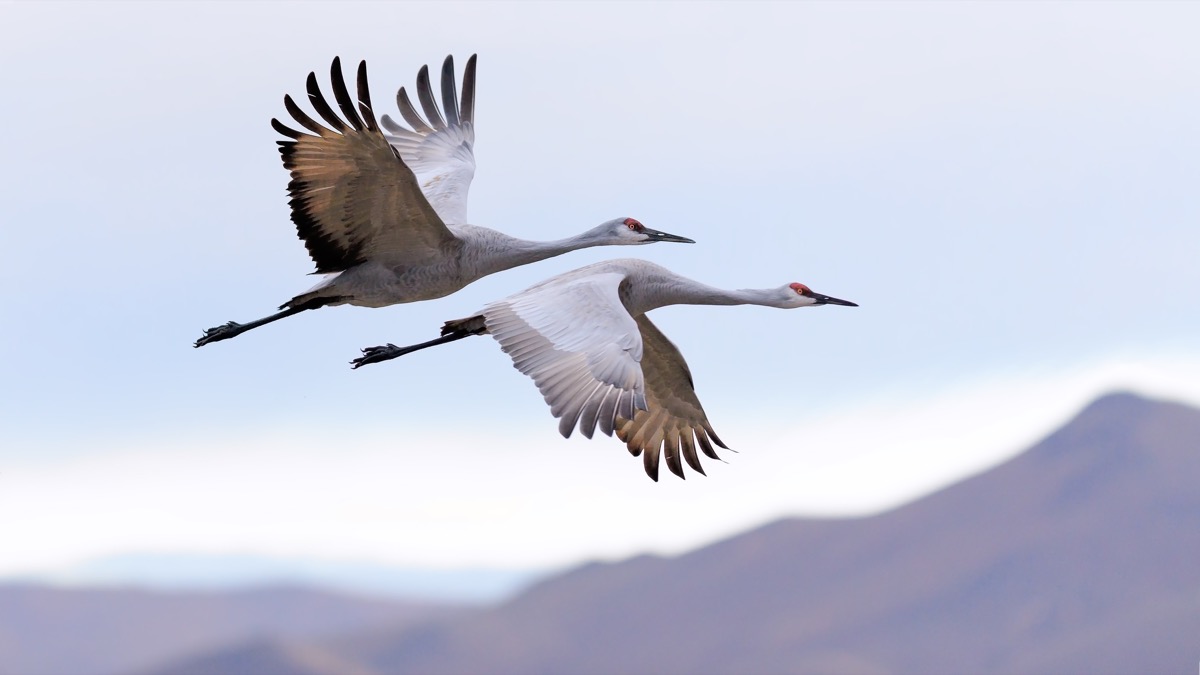
Every March, hundreds of thousands of sandhill cranes congregate at the Platte River basin in Nebraska to prepare for migration to northern breeding grounds. The National Wildlife Federation (NWF) notes that, while there, these birds will use unison calling to form bonds and (hopefully) meet their forever mates. By the time the migration north is complete, most birds are paired up and ready to build a nest together.
12
Barn Owls
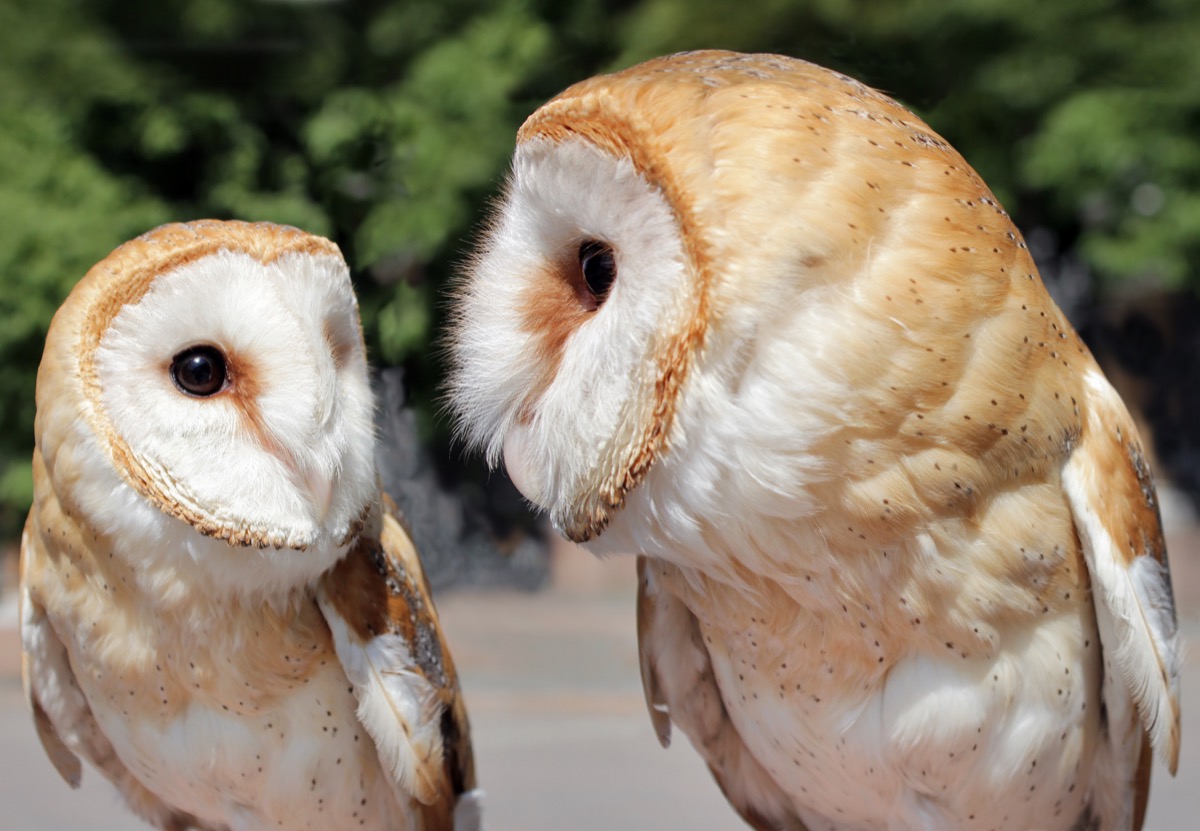
Barn owls are quite devoted creatures. According to the National Wildlife Refuge System in Willapa, Washington, once these cute birds find their mate, they’re set for life. The female barn owl attends to the nest while the male “brings food to the female and chicks.” Teamwork makes the dream work!
13
Geese
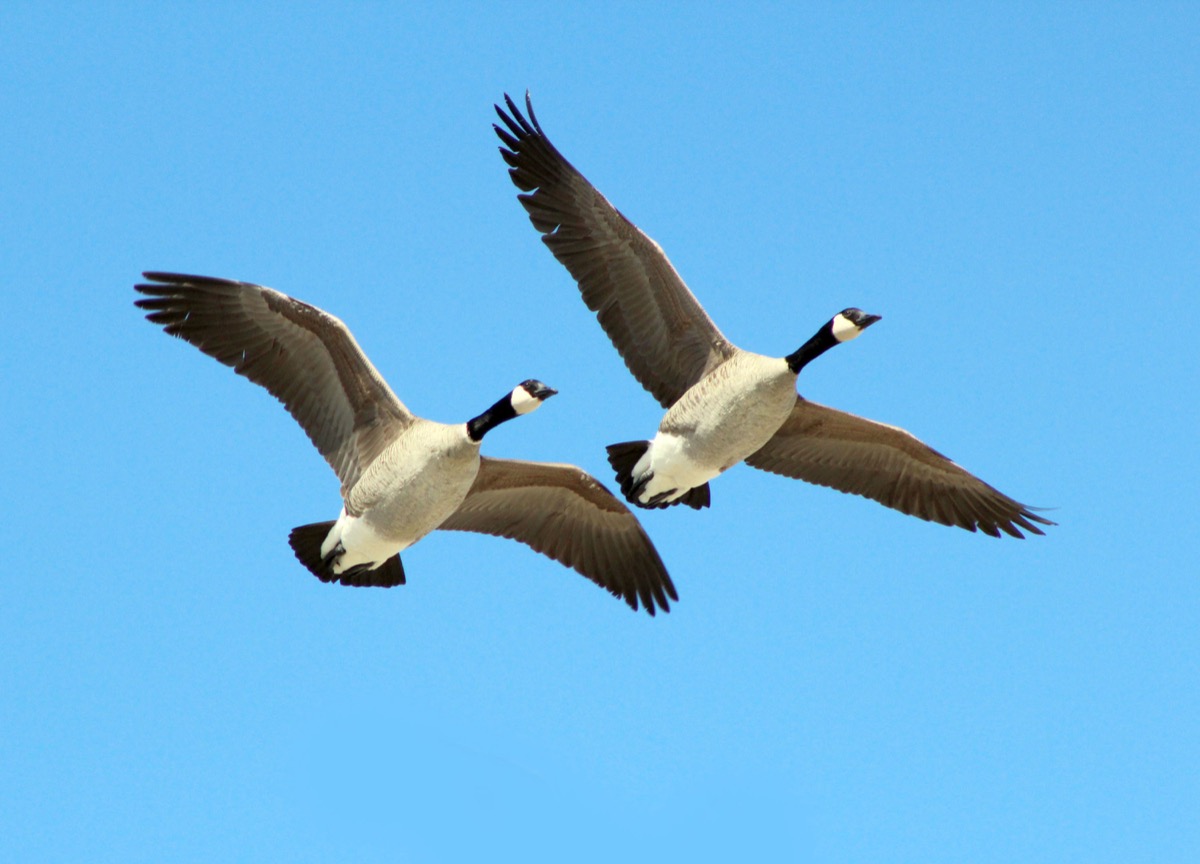
Geese take their romantic partnerships very seriously. Take the Canada goose, for instance: According to Citizens for the Preservation of Wildlife, Inc. (CPW), this waterbird is so devoted to its mate that it will “put itself in danger” just to protect them. When one member of a mated pair is injured, the other will even guard them until they either recover or pass away.
14
Prairie Voles
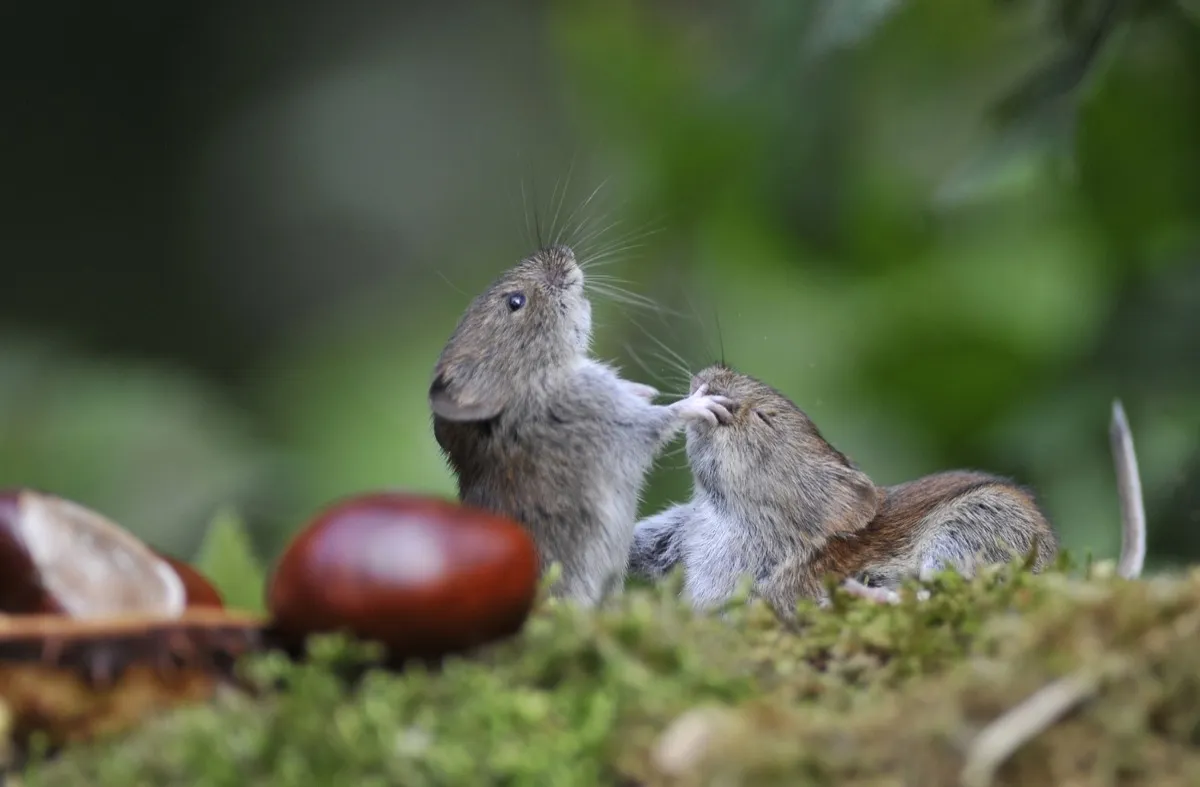
Prairie voles are all about equality. Not only are these small rodents monogamous, but they also split nest-building and child-rearing duties equally.
And in an interview with NPR, Larry Young, PhD, who works in the primate research center at Emory University, explains that these creatures tend to be loyal even after death. In the wild, he says that in approximately 80 percent of situations where a vole loses its partner, they won’t ever seek out another.
15
Swans
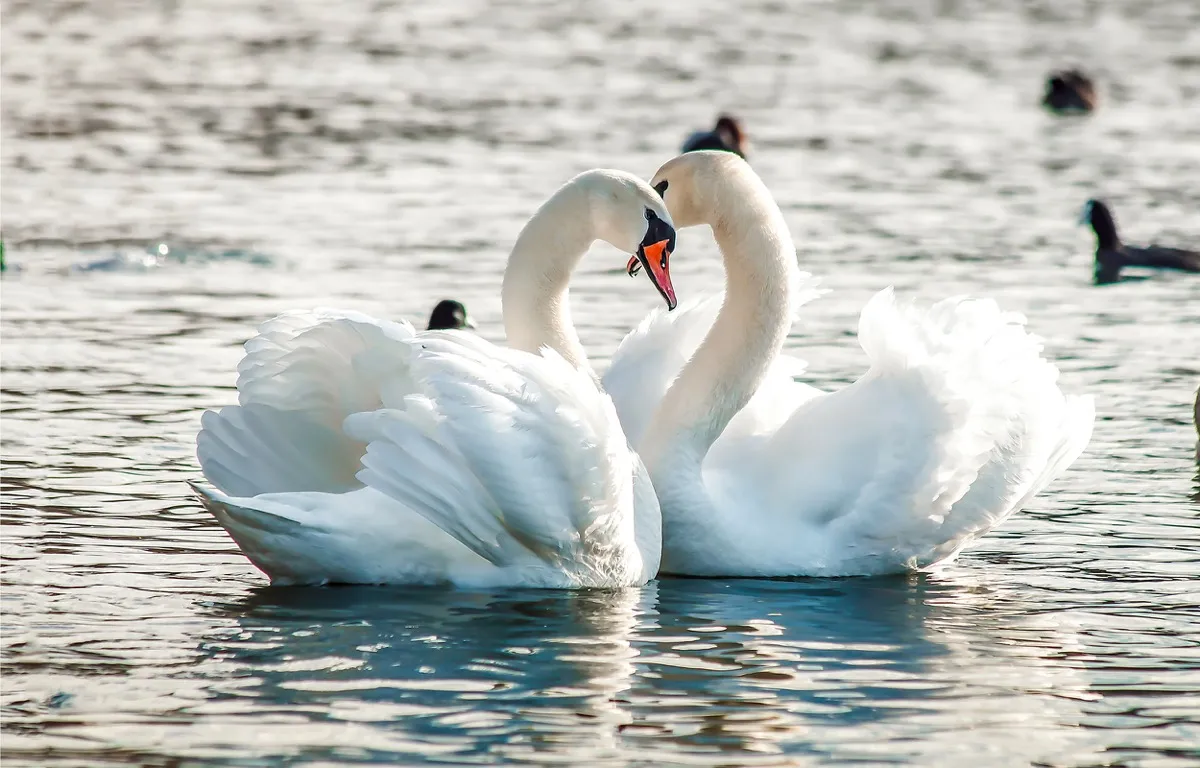
Swans are quite romantic creatures, as their reputation would suggest. According to The Swan Sanctuary, these animals generally mate for life, and “if a mate is lost, then the surviving mate will go through a grieving process like humans do.” After it is done grieving, the swan will either remain where it is alone, find a new stretch of water to live on (and possibly find a new mate), or re-join a flock.
16
Titi Monkeys
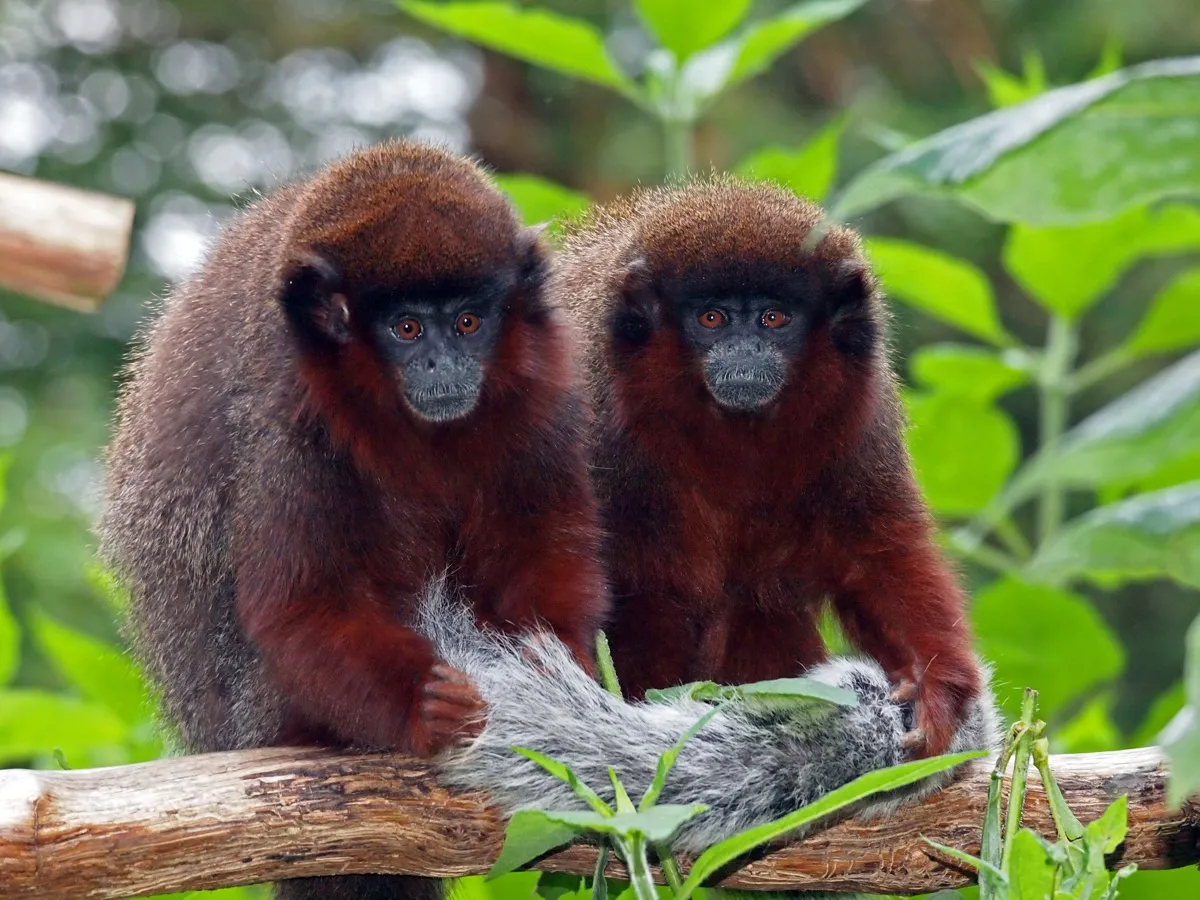
When titi monkeys mate, they mate for life. According to the National Primate Research Center at the University of Wisconsin — Madison, these mammals tend to form close emotional bonds with their partners, and they prefer not to spend too much time apart. When separated from their mates, titi monkeys exhibit “significant distress and agitation.”
17
Pigeons
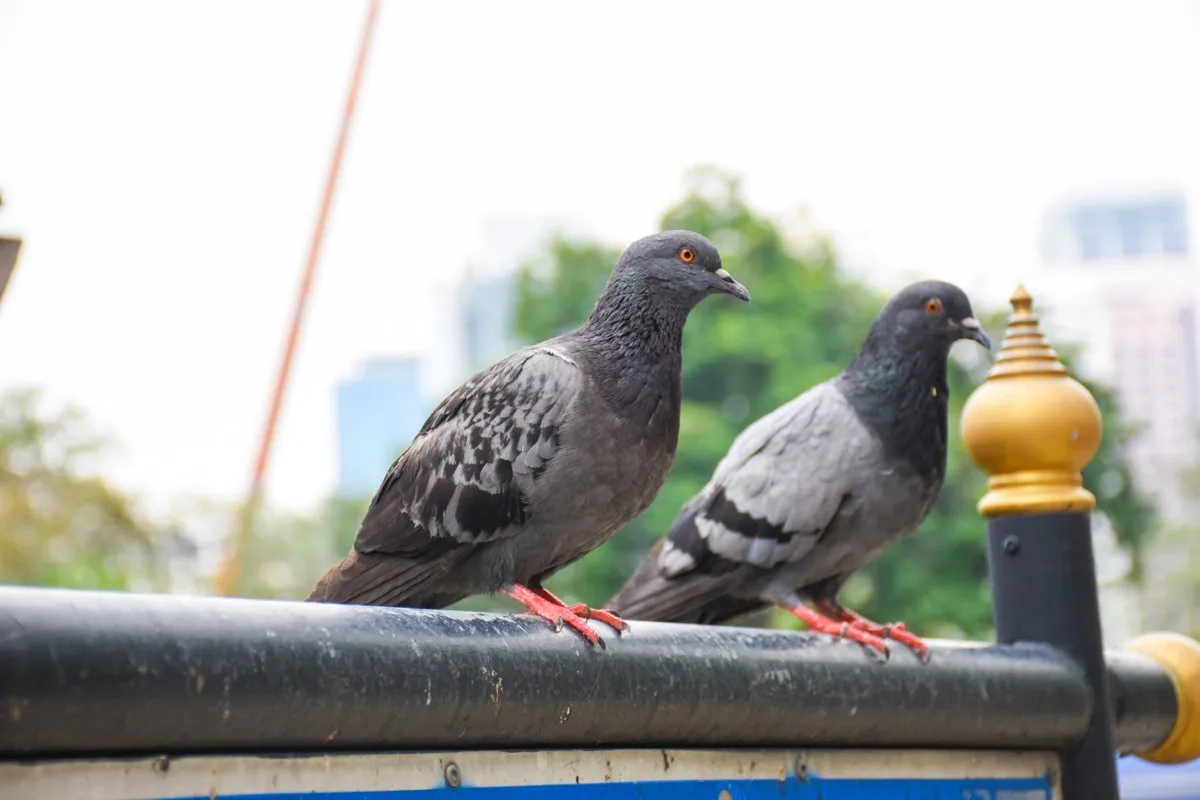
It might come as a shock to anyone living in an urban area to learn that these pesky birds are one of the animals that mate for life.
According to the Pigeon Control Resource Centre in England, pigeons can breed up to eight times a year if the conditions are right, creating two offspring each time. No wonder cities have pigeon problems!
18
Monk Parakeets
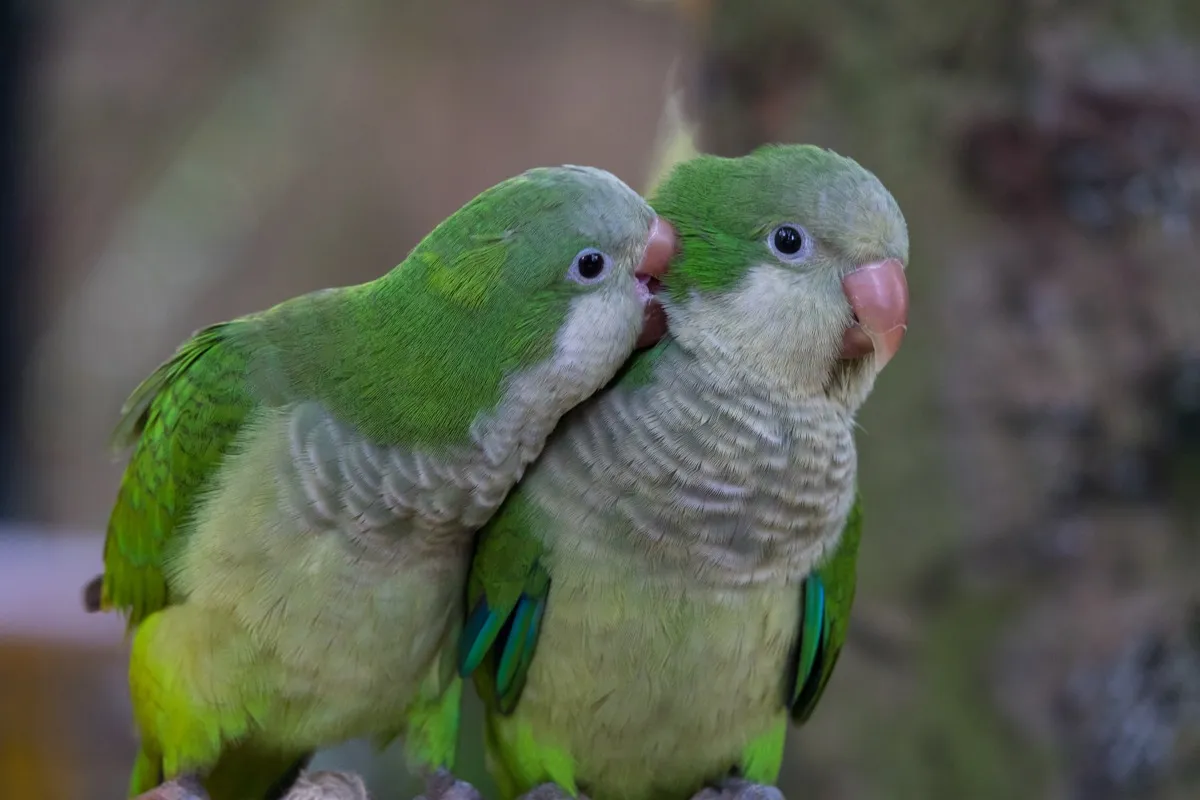
Though monk parakeets, or Quaker parrots, are social creatures that live in colonies, they’re a one-partner kind of bird. According to the Cornell Lab of Ornithology, these colorful creatures form monogamous pairs, and they spend a lot of time preening each other.
19
Gray Wolves
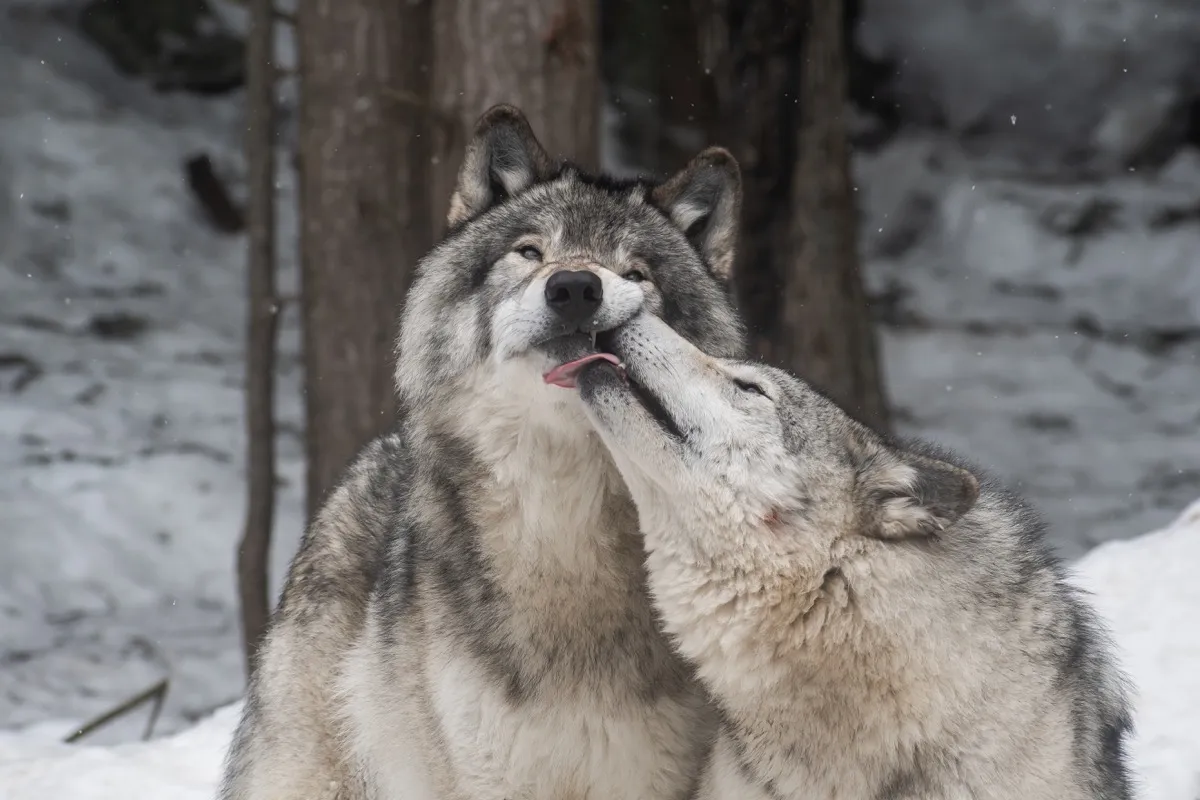
Gray wolves might look scary, but deep down, they’re just looking for love. According to wildlife sanctuary Animal Ark, these furry animals are monogamous creatures—though during breeding season, only the alpha pair is allowed to fornicate and reproduce. Darwinism at its finest.
20
Black Vultures
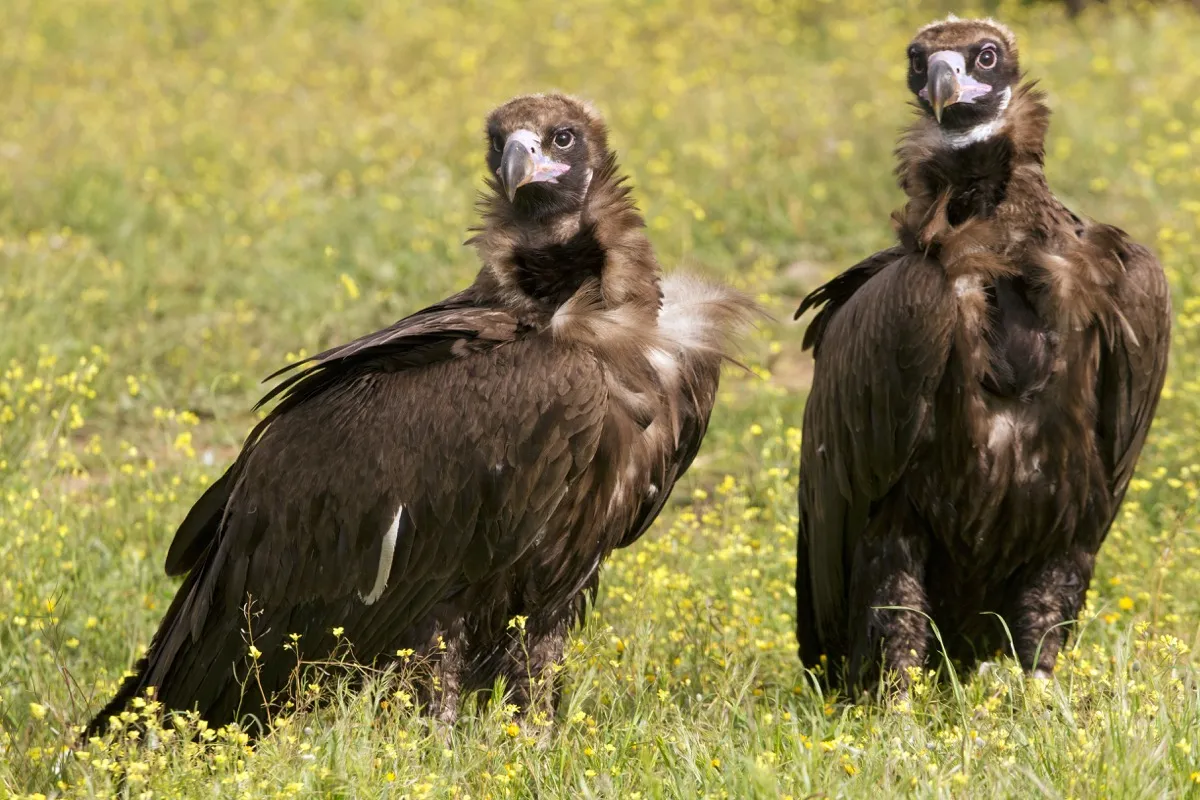
Black vultures are hardly the face of romance. However, once you get to know these flying animals, they’re actually quite amorous. Hawk Mountain Sanctuary in Pennsylvania notes that black vultures mate for life, and coupled-up crowers stay together year-round.
21
French Angelfish
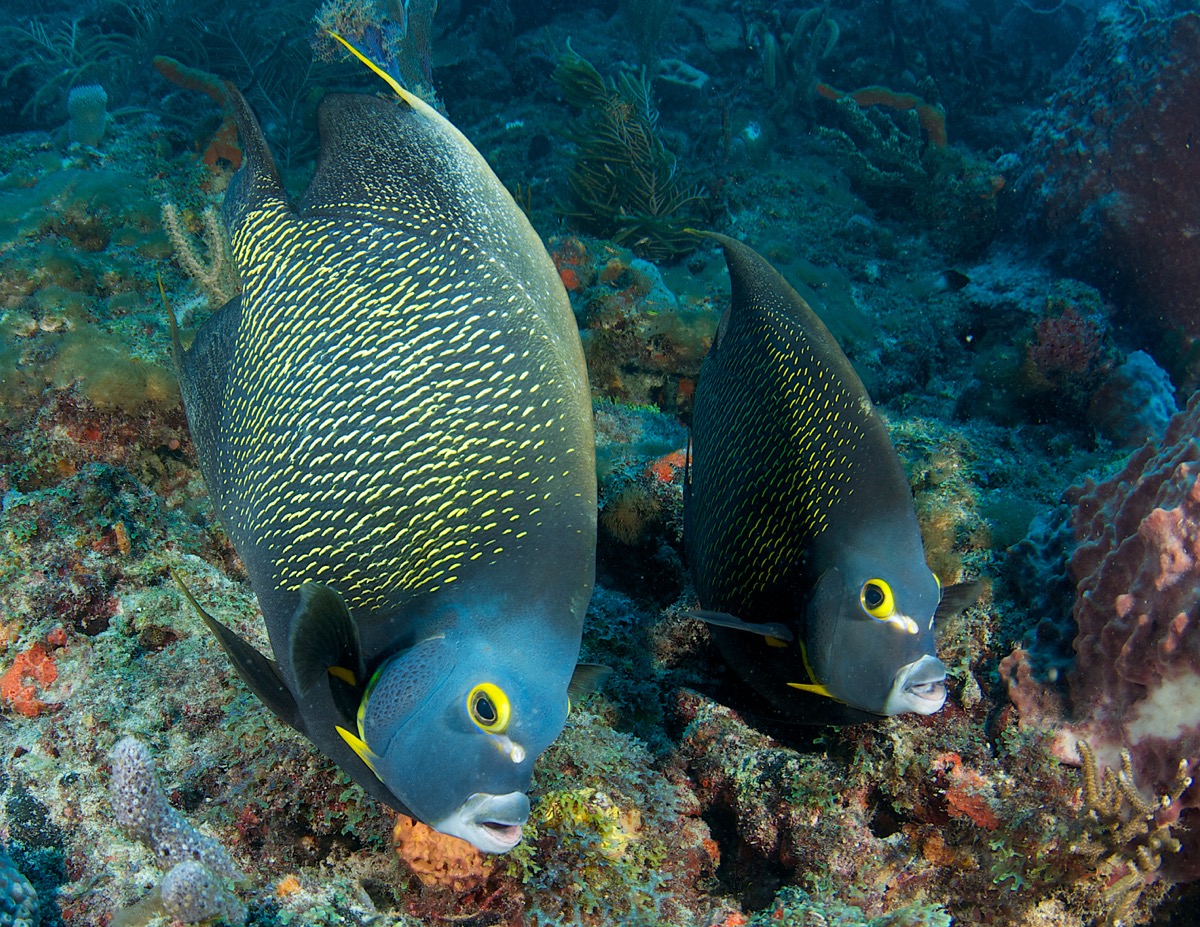
According to the University of the West Indies’ Online Guide to the Animals of Trinidad and Tobago, French angelfish are most often found in pairs. And these pairs don’t really change, seeing that angelfish mate for life.
22
Gray Foxes
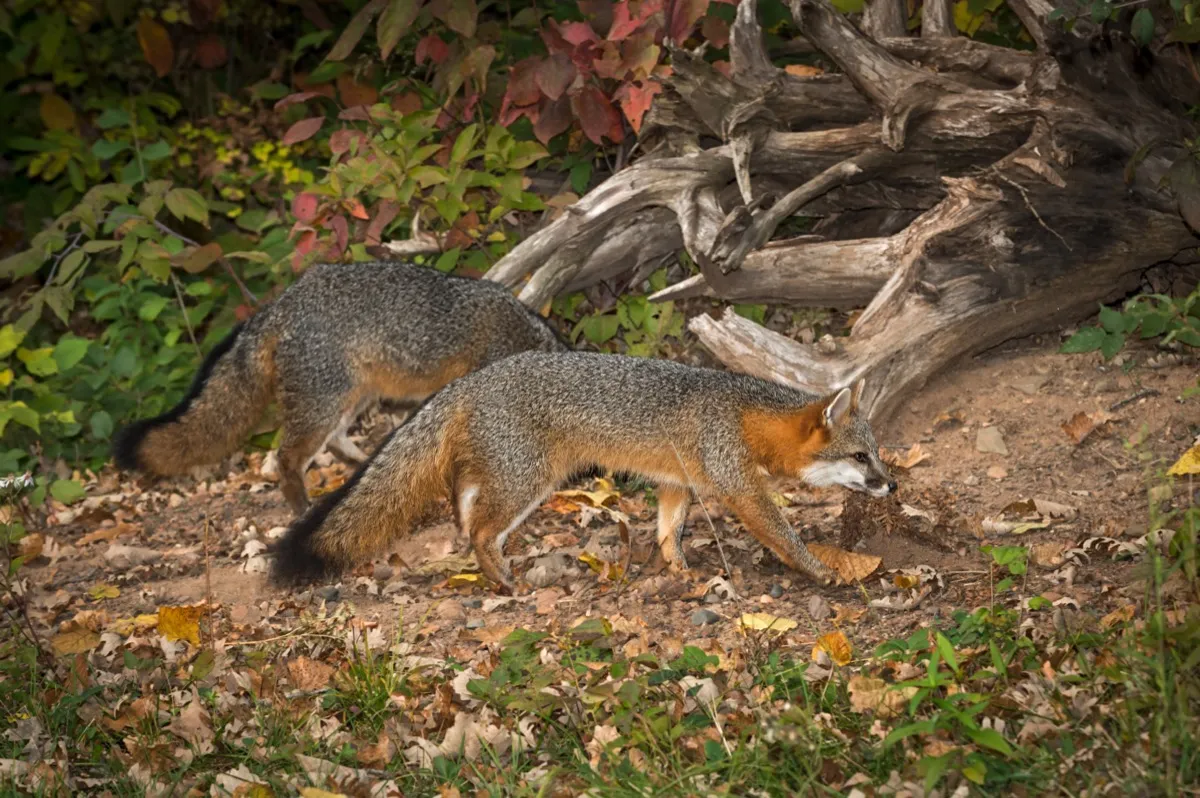
Both red and gray foxes are monogamous creatures that mate for life. According to the Wildlife Rescue League, the animals tend to live in small groups that include bonded partners, as well as young and single females who help care for the little ones.
23
Scarlet Macaws
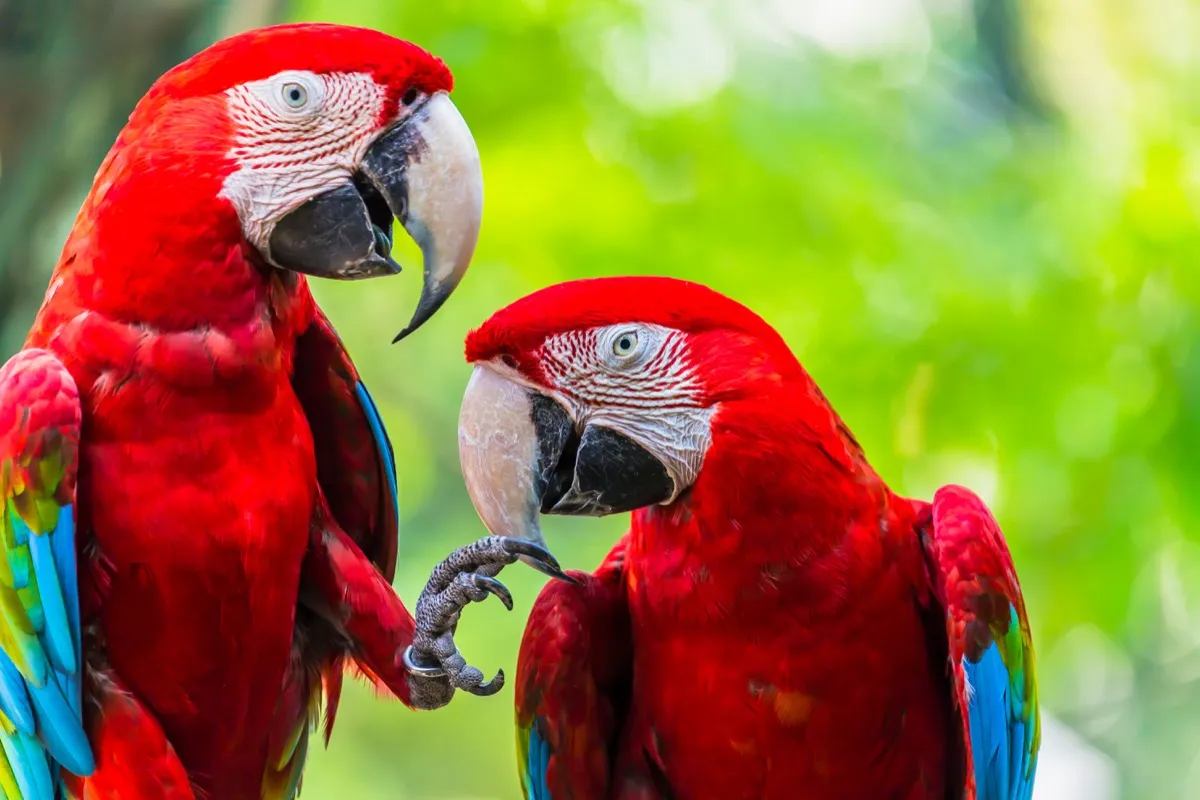
The scarlet macaw isn’t just the biggest parrot in the world—it also has one of the biggest hearts. According to The Rainforest Alliance, this colorful bird mates for life, and bonded pairs lay up to two eggs annually.
24
California Condors
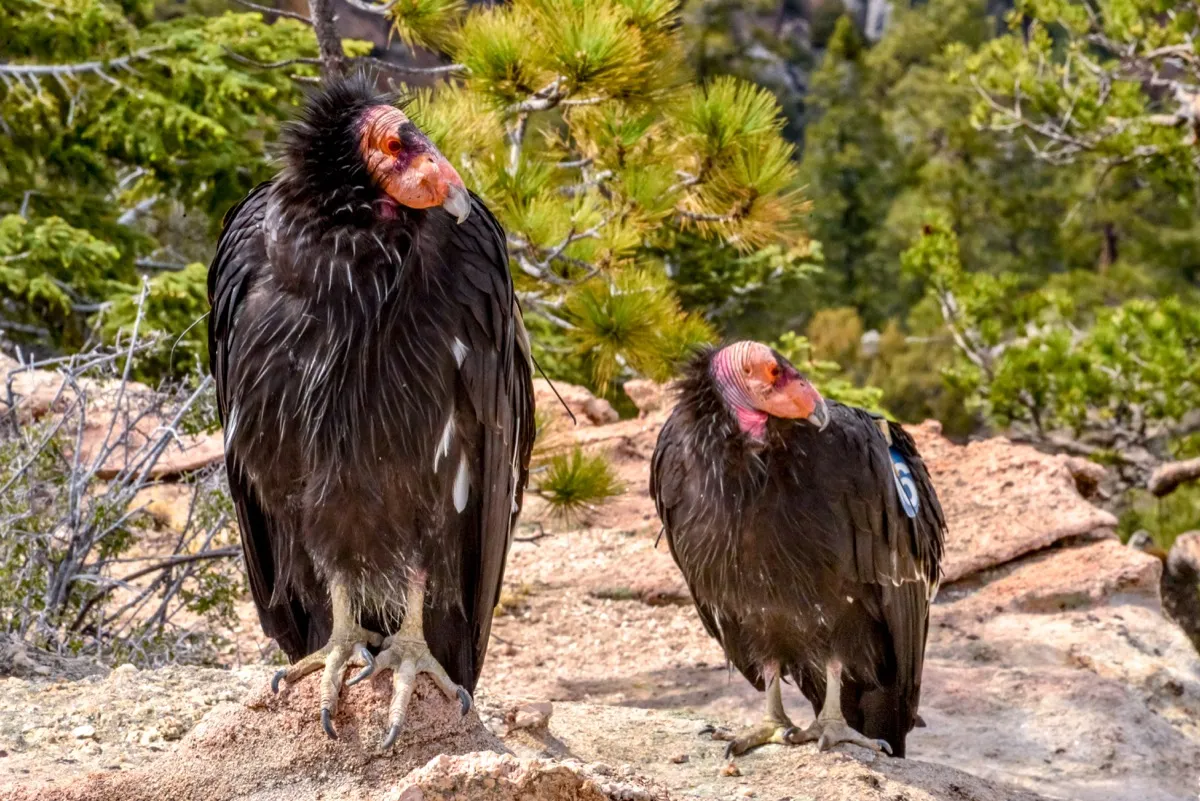
On its website, the San Diego Zoo notes that California condors mate for life. There is a catch, however: If a pair is incompatible, it is possible that they will part ways and seek new mates. It’s uncommon, but it happens!
25
Shingleback Lizards

Creepy crawly critters know how to be loyal, too. The shingleback lizard, for instance, is extremely monogamous, seeking out the same mate every breeding season, according to the Australia Zoo.